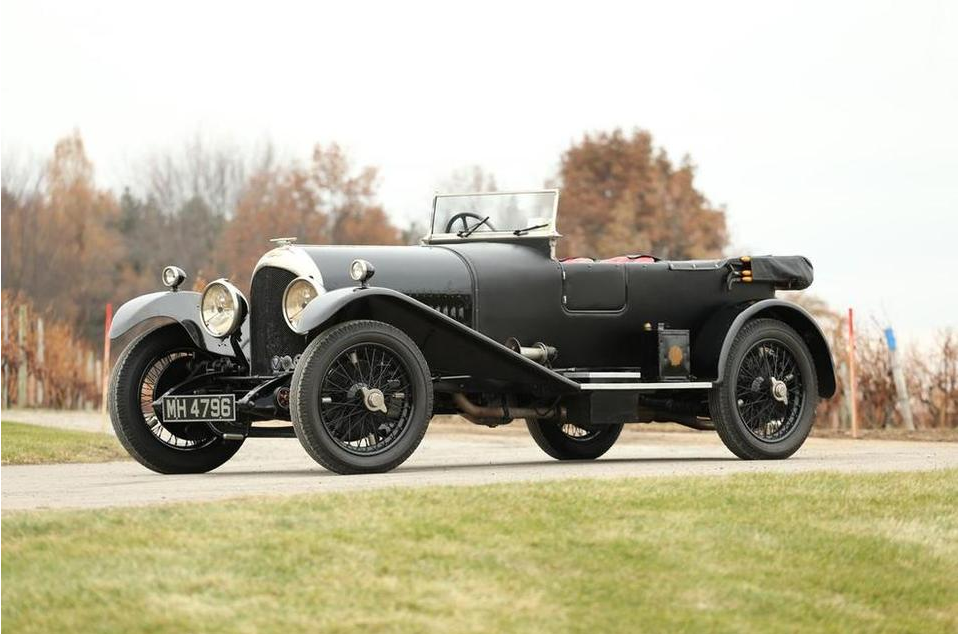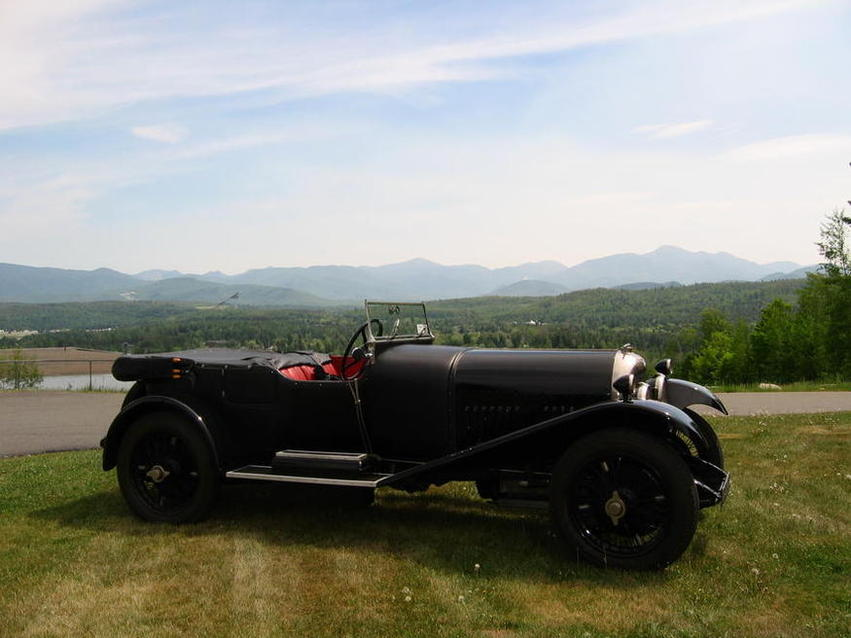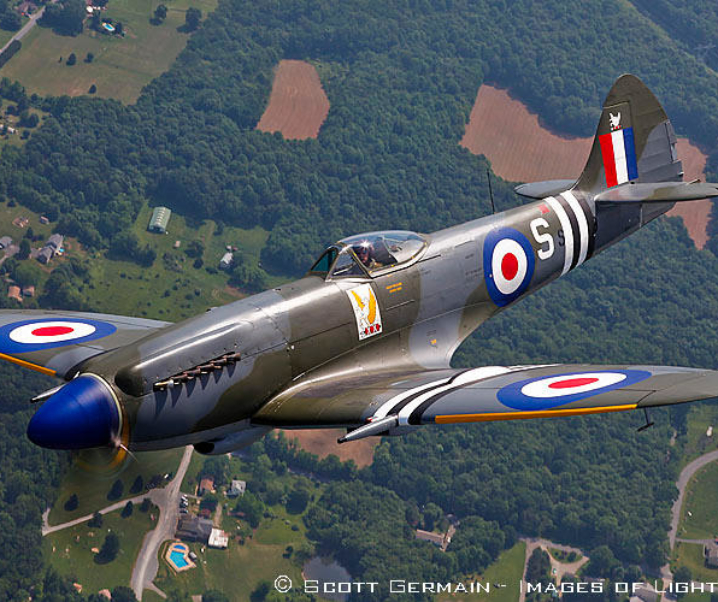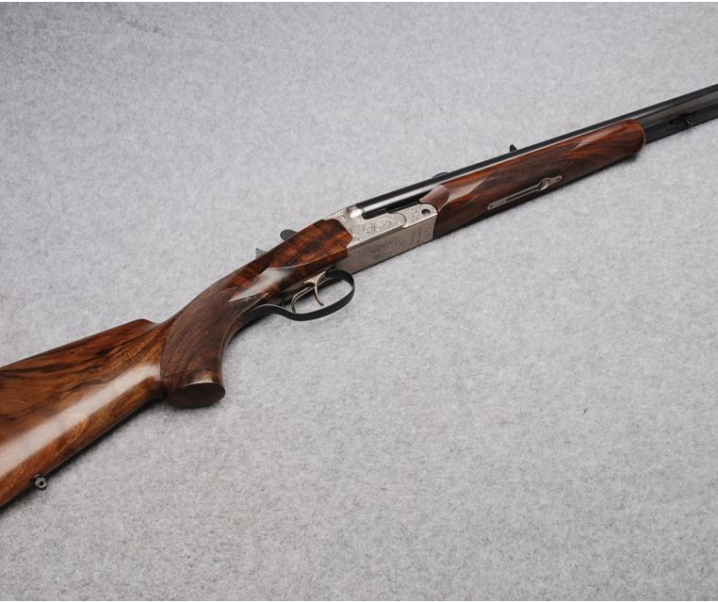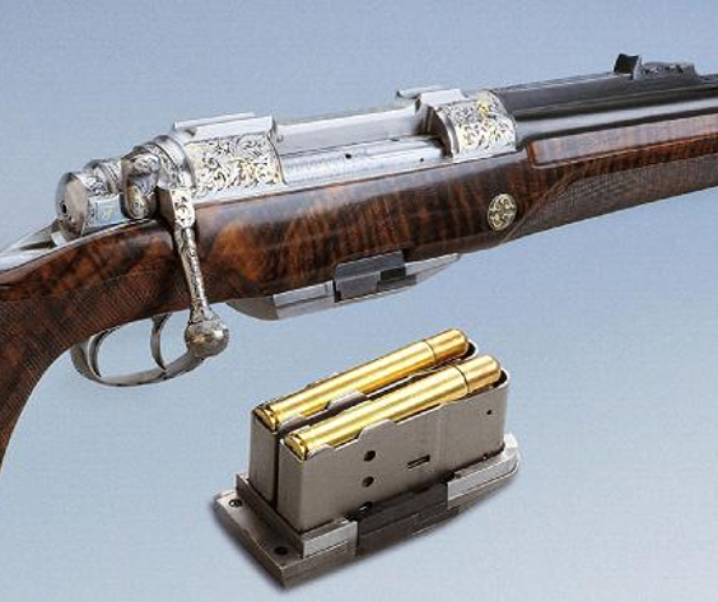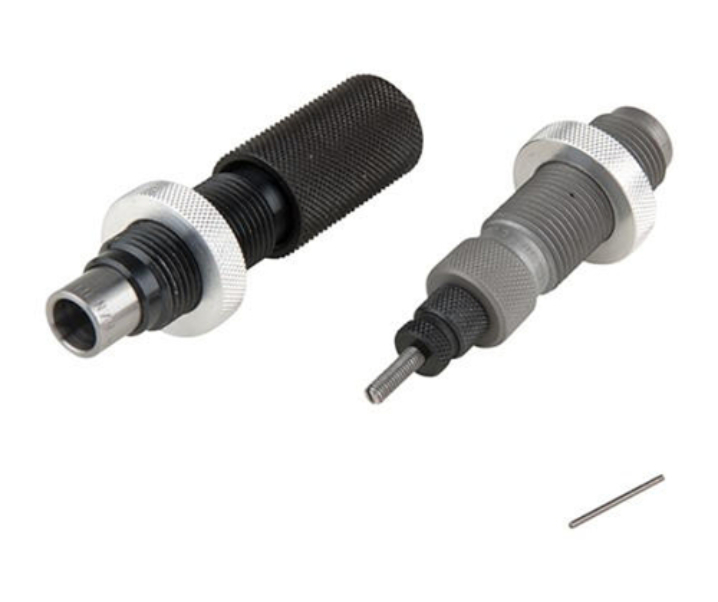Of all the motor cars Britain has produced the one that stands out as the quintessential set of wheels for the well heeled British gentleman adventurer is a Bentley of the twenties up until the Great Depression when Bentley were taken over by Rolls Royce. The Great Depression had a horribly depressing effect on Britain’s motor industry as it had on industries across the world. James Bond drives Bentleys in Ian Fleming’s novels, and that other, not quite so famous British agent John Steed also drives one in the television series of the sixties “The Avengers“.
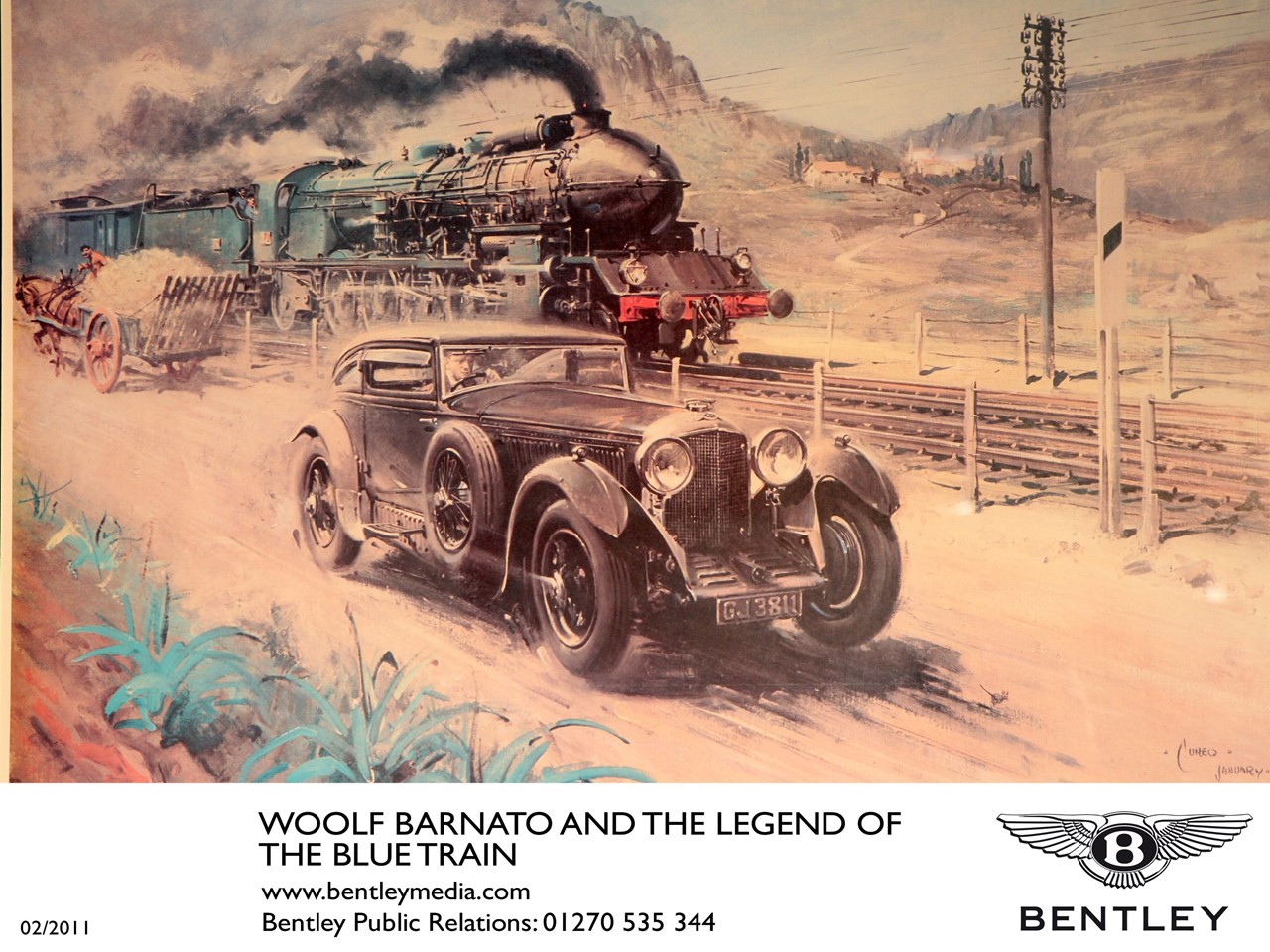
I sometimes wonder why the big Bentleys should be such an iconic symbol of the British car. I haven’t had the chance to actually drive one much less race one but I have had a good look at the suspension, brakes and engine of a few examples. The chassis and suspension look conspicuously similar to long wheelbase Land Rovers I have owned but the engines, from 3 Liters up to supercharged 4.5 Liters are somewhat larger and with much more “grunt” than the modest 2.2 Liter power plants found in my old Land Rovers. So I think that to drive a twenties vintage Bentley must be rather like driving a Land Rover with a Blenheim bomber engine in it. Ride comfort will be harsh, brakes will require work, and as they heat up and fade are likely to become something that will prompt the driver to wish that he had made a last will and testament before taking the car for a high speed ride. In short, driving a vintage Bentley must be something like driving a primitive truck that was made to go but not to stop. Ettore Bugatti described the 3 Liter Bentley as “the fastest lorry in the world”. Notwithstanding all this people used to actually race these mighty machines. Perhaps there are more similarities between human beings and lemmings than we would prefer to believe.
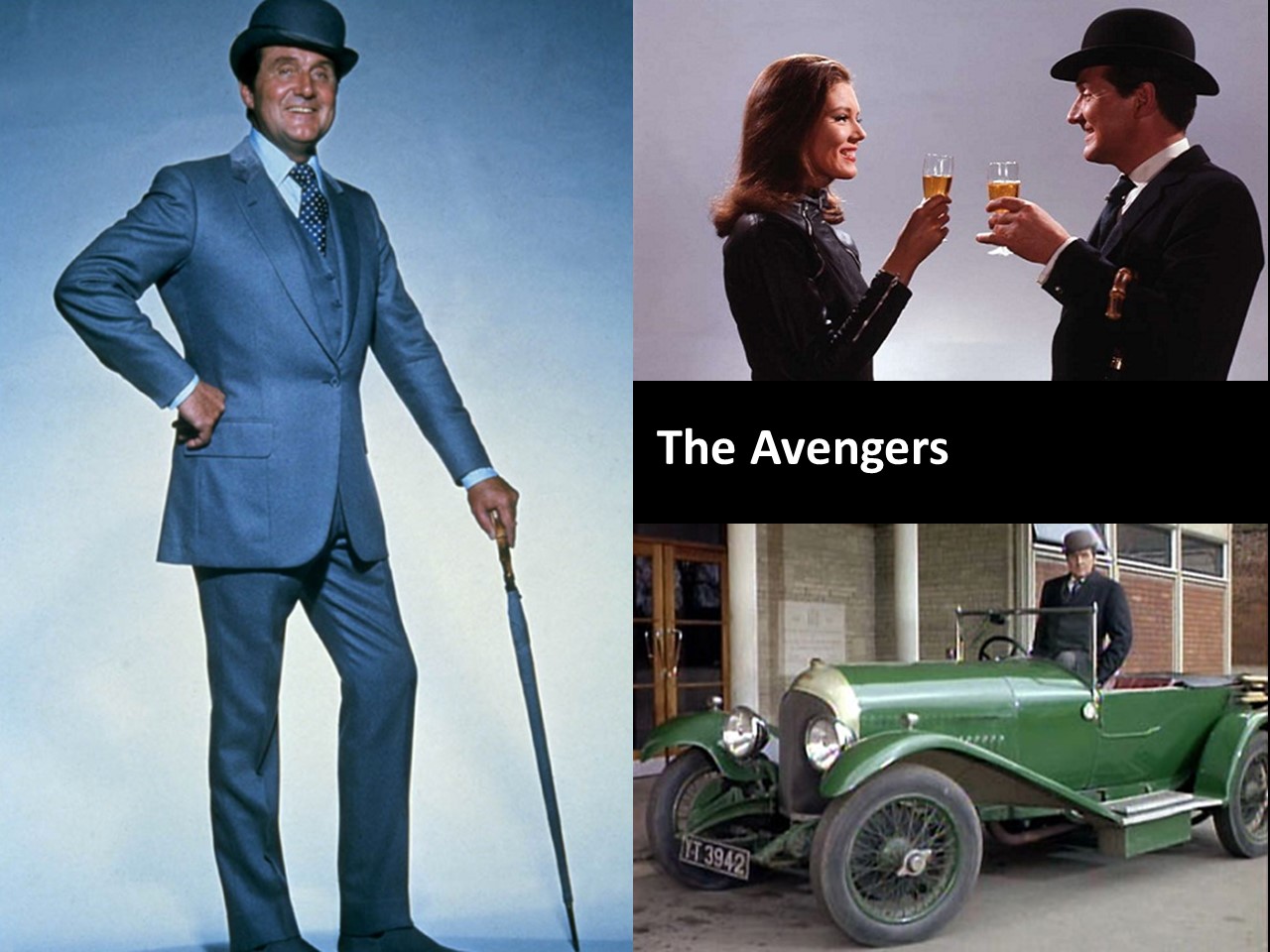
For those who would like to try out the distinctly British humor of John Steed and Emma Peel here is a 1961 episode of The Avengers. It is called “Honey for the Prince”. Steed’s Bentley only appears in the end credits which is disappointing; but the show will provide you with an experience of peculiarly British eccentricity and the consequent British passion for cricket.
[veoh id=”v15895756QeZEpkgQ”]
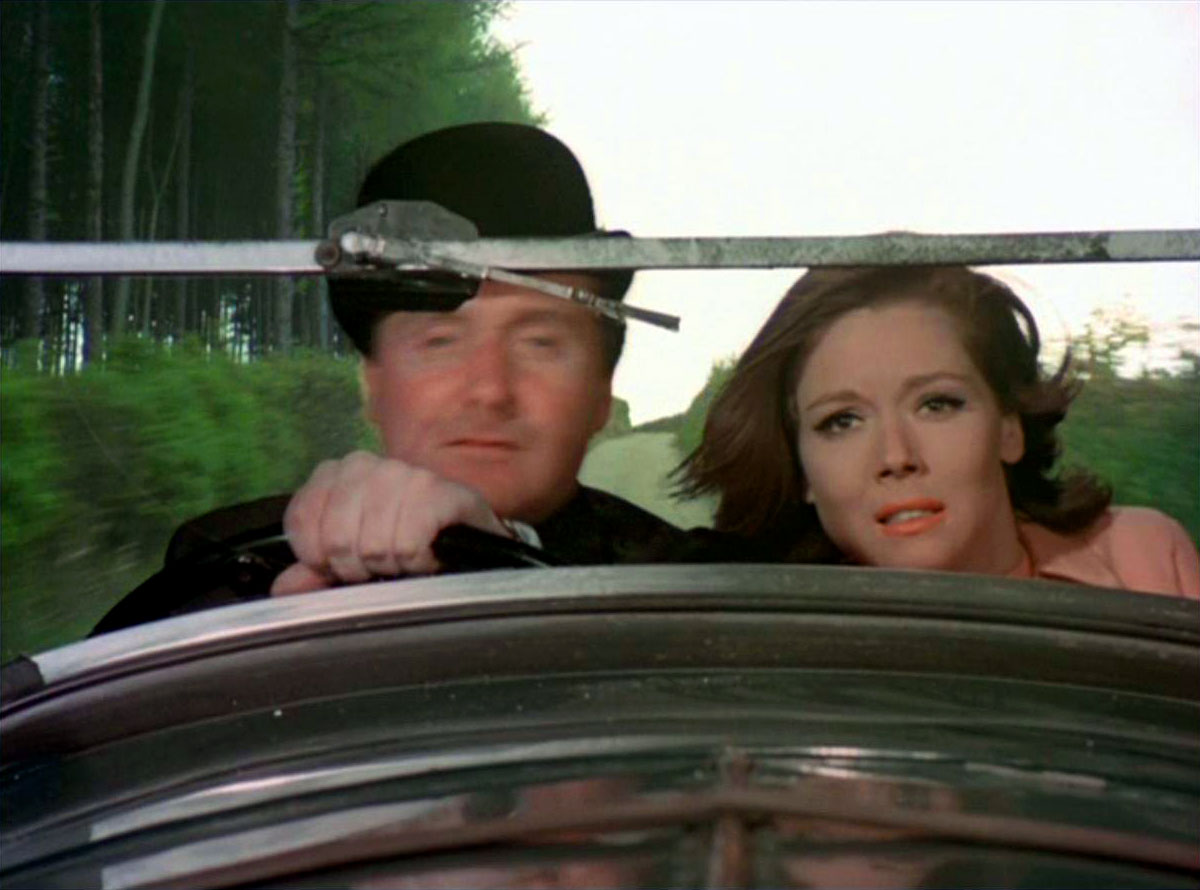
Happily I have some of that British “lemming blood” coursing through my veins. So, would I like to have a chance to race a vintage Bentley? Oh yes, my last will and testament are signed and sealed so I’m all ready to go.
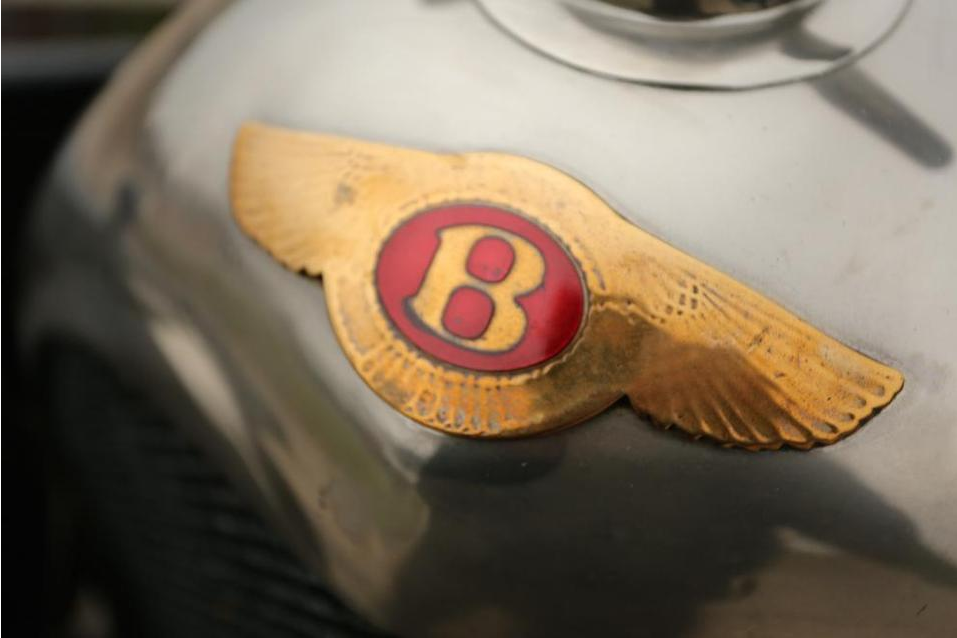
The 3 Liter Bentley began life in 1919, immediately after “The War to End All Wars” (i.e. World War I) and the chassis was made available to custom coach-builders from 1921-1930. Completed cars tend to weigh in at around 4000lb. There were some cars built on heavier saloon bodies but most were open tourers.
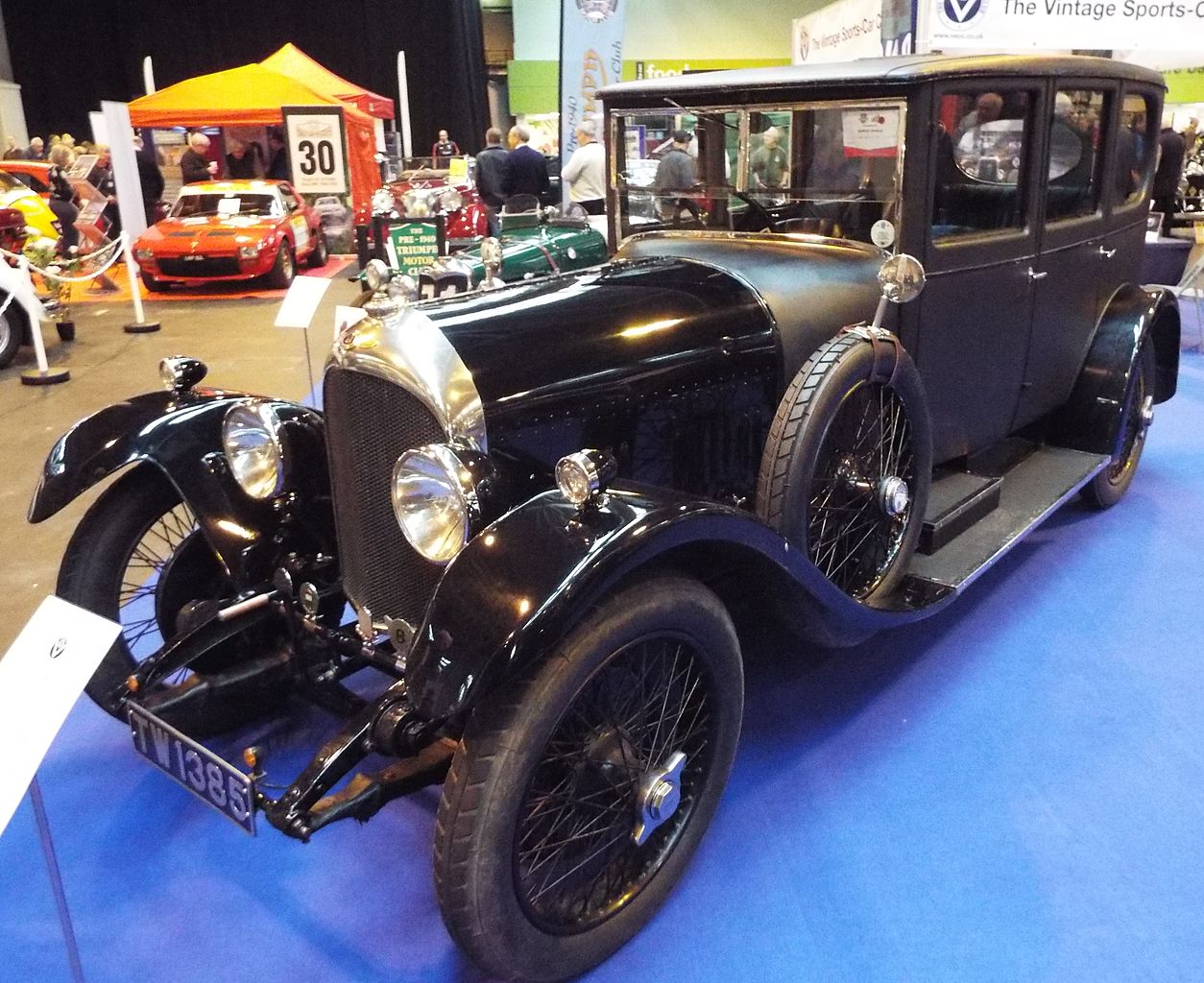
W.O. Bentley‘s 3 Liter engine was very much not a truck engine however. It featured double valves and double spark plugs with an overhead camshaft. The engine had design input from an ex Royal Flying Corps engineer named Clive Gallop and was optimized for low end torque. Given the engine’s design and characteristics it would likely make a perfect power unit for a Series 2A or 3 Land Rover. It was certainly a great design for an endurance racing car ready to take on the 24 hours of Le Mans. The standard 3 Liter Bentley could make around 80mph, the Speed model (as per our feature car) was capable of 90mph and the Super Speed 100mph.
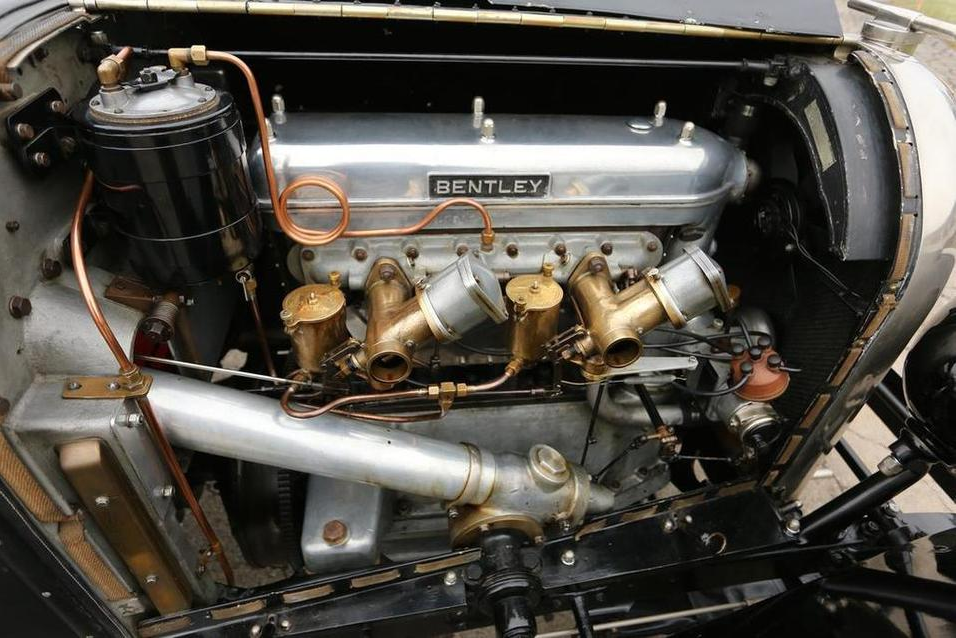
The cars had a four speed gearbox and in 1924 began to be fitted with both front and rear brakes. The addition of front wheel brakes no doubt being a comforting factor for Emma Peel of the Avengers. Driving any vehicle that experiences brake fade out or worse, complete brake failure, is not the happiest of experiences. My most memorable such experience was whilst driving a sixties vintage MAN semi-trailer on a thankfully gentle downgrade on a deserted country road. An impromptu air leak caused an instant no brakes situation that needed to be managed by working down through the crash gearbox until it was possible to bring the big MAN to a stop. So driving a 4000lb pre 1924 Bentley with rear brakes only would most certainly have required a lot of crash gear work with no need to worry about troublesome “heel and toe” gear-changes, and that would still have been required on the post 1924 models with front brakes also.

Sources tell us that there were only 513 of the Red Label Sports model Bentley 3 Liter made. They are an absolutely fabulous car that reminds me of a scene in C.S. Lewis’s “The Lion, The Witch, and the Wardrobe” when Lucy is being told that Aslan the lion is coming. Lucy asks “Is he safe?” to which she gets the not so comforting answer “Safe? No, of course he’s not safe!” I think these wonderful old Bentleys are perhaps a little like that. Just like the older model Land Rovers you have to really drive them; you have to use the gearbox skillfully and think ahead. It’s not a Toyota Prius (thankfully) and you can’t drive it with the same lazy mindlessness that most people tend to drive their modern “health and safety approved” automobiles in.
For those of us who genuinely love driving and especially love driving things that require us to use all of our skill set, cars such as this 1925 Bentley are just a perfect joy.
Our feature car is being auctioned by Bonhams on 12th March 2015 at their Amelia Island Auction. You will find their page for this car here, and the main auction page here.

Jon Branch is the founder and senior editor of Revivaler and has written a significant number of articles for various publications including official Buying Guides for eBay, classic car articles for Hagerty, magazine articles for both the Australian Shooters Journal and the Australian Shooter, and he’s a long time contributor to Silodrome.
Jon has done radio, television, magazine and newspaper interviews on various issues, and has traveled extensively, having lived in Britain, Australia, China and Hong Kong. His travels have taken him to Indonesia, Israel, Italy, Japan and a number of other countries. He has studied the Japanese sword arts and has a long history of involvement in the shooting sports, which has included authoring submissions to government on various firearms related issues and assisting in the design and establishment of shooting ranges.

